
Even if your software development team follows the best practices and tries to produce high-quality code, bugs and app defects are often inevitable.
Dealing with these issues can be difficult, especially if you don’t have a good strategy in place. You may end up confused about where to start, stuck deciding which defects are critical and which aren’t.
If you are looking for an effective solution for handling defects in your application, read on.
This article will cover everything you need to know about defect triage—a collaborative process that will help your organization sort and fix bugs more successfully.
Table of Contents
What is defect triage
Defect triage, also known as bug triage, borrows the method used in the medical field for categorizing patients—the term triage being the French word for sorting.
During a medical triage, doctors quickly examine patients taken into a hospital to determine which ones are most ill and must receive emergency treatment.
Patients are categorized based on the severity of their illness into emergency cases, priority cases, and non-urgent cases.
In software testing, this concept is used in a similar way.
Similarly to how doctors determine priority according to their patients’ illness, your organization’s leaders and specialists can determine which defects need to be addressed immediately and which can be postponed based on several criteria.
This process is conducted in a defect triage meeting—a meeting where defects are analyzed, sorted and their resolution is planned out.
A defect triage can be split into three steps:

The first step, defect review, is performed by examining the defects—looking at all the found problems and organizing them appropriately.
It means checking all of the current defects to determine how to manage them best and plan out their resolution effectively.
This step can address whether the defects in question are actual bugs or whether they are false detections, poorly designed features, or antifeatures.
After the first step comes evaluating the chosen defects through defect assessment.

Get unreal data to fix real issues in your app & web.
Here, defects are ranked on a list—the most damaging ones being at the top and the least harmful ones at the bottom of the list.
You can even remove some issues from the list—low-severity bugs that don’t disrupt the app’s functionality which can be addressed later.
The final step is assigning someone to fix the bugs that the meeting participants decided are a priority.
This step is called defect assignment, which consists of assigning defects to the correct departments or specialists, so they can solve the defects before the app or update are released.
We can summarize the steps in defect triage with the following four questions raised and answered during this process.
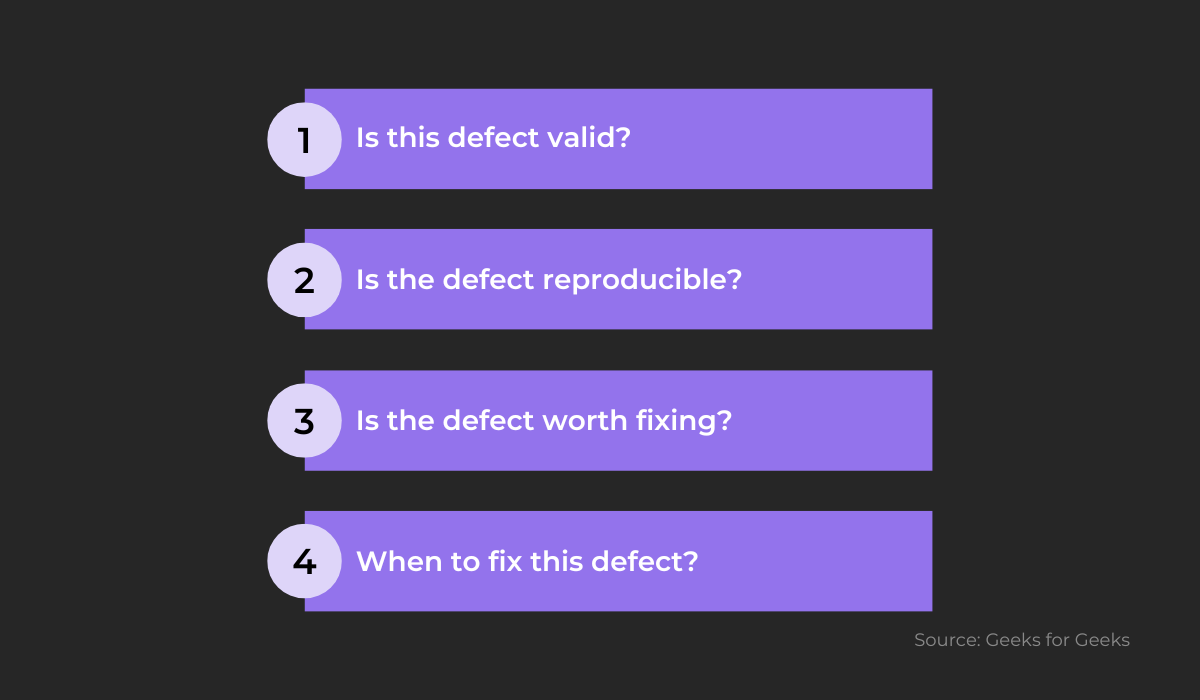
As you can see, the questions posed at defect triage meetings are carefully planned with the sole purpose of efficiently running through a list of bugs or issues in your software, determining their severity, and deciding on the steps for fixing them.
Now that you know what defect triage is, we can move on to why this practice is important.
Why is defect triage important
Defect triage is an effective way to resolve disruptive defects in your software through careful planning and coordination of multiple departments.
Various stakeholders and specialists conduct defect triage meetings to align their objectives and priorities with regard to the issues in the software, and to come to a mutual agreement on the way forward.
This coordination is especially important when working with limited time and resources and it becomes even more crucial as your application scales up.
Usually, defect triage is best utilized in large, complex projects where many issues are present, which teams must resolve before a new app release.
In large-scale applications, defects will likely be detected more often, with various severity levels that can be hard to organize by any department alone.
Defects can pile up, and your teams may become overwhelmed, not knowing what to tackle first.
Performing defect triage can remedy this, as bugs are sorted according to severity.
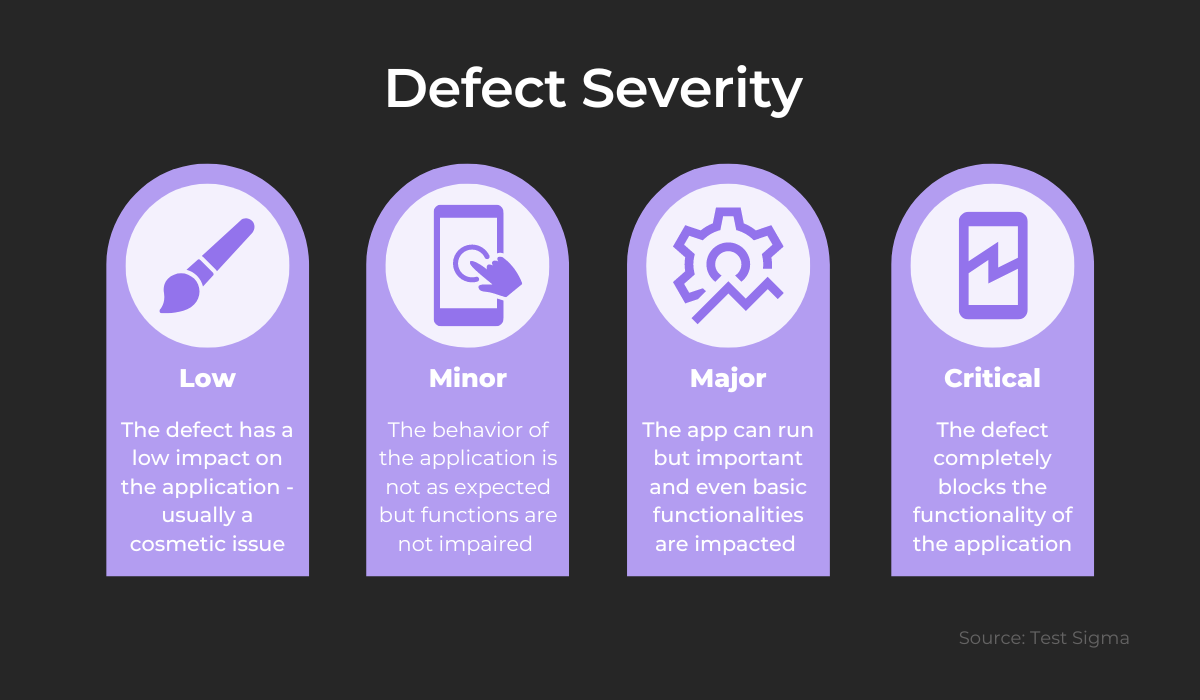
You can think of severity as the degree of impact a defect has on the functioning of the application or some of its individual features.
Prioritizing defects based on severity can be helpful when resources are low as your team can focus most of their efforts on the critical and major problems.
Defect triage is also essential in modern software development methodologies like Agile.
As you may know, Agile teams work in sprints—short timeframes of around one to four weeks, where teams work to complete a predefined amount of work.
Defect triage meetings can be conducted before sprints, as they can help direct development teams on which issues to focus on and which they can postpone.
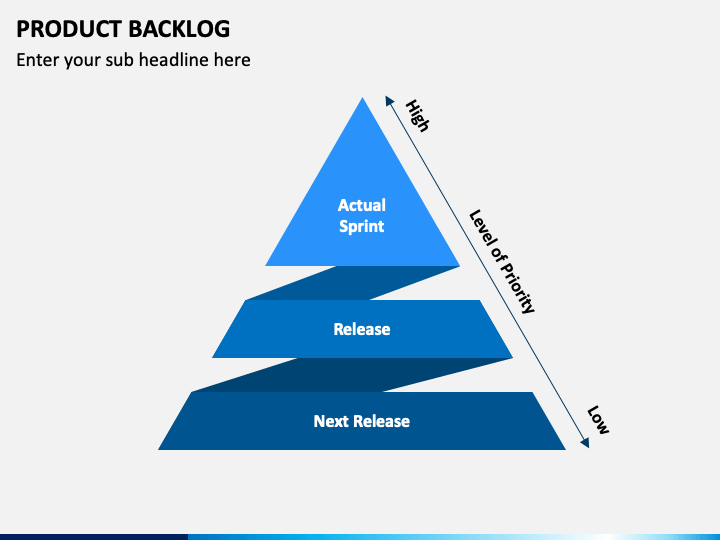
As mentioned, in defect triage meetings, app defects are prioritized based on their severity, risk, rate of occurrence, etc.
This allows developers to focus on the most damaging defects in the current sprint and postpone less important ones.
For example, a defect that causes your app to crash should be addressed in the current sprint, while an issue that disrupts a minor feature can be taken care of in other sprints—before the app’s release.
On the other hand, a minor cosmetic issue can be postponed even further, as it doesn’t affect the app significantly.
Defect triage works well in Agile as it facilitates efficiency. Dealing with high-priority issues quickly during sprints and managing less critical ones so developers can fix them before major releases.
So, through defect triage meetings, you can help your organization prioritize defects more effectively, saving time and resources and speeding up your releases.
Who participates in defect triage
There are no strict guidelines about who can and can’t join a defect triage meeting, as it varies among organizations.
However, some employees are typically required to be in the meetings as they are responsible for large parts of the project, and their input is highly valuable.
The three mandatory participants are:
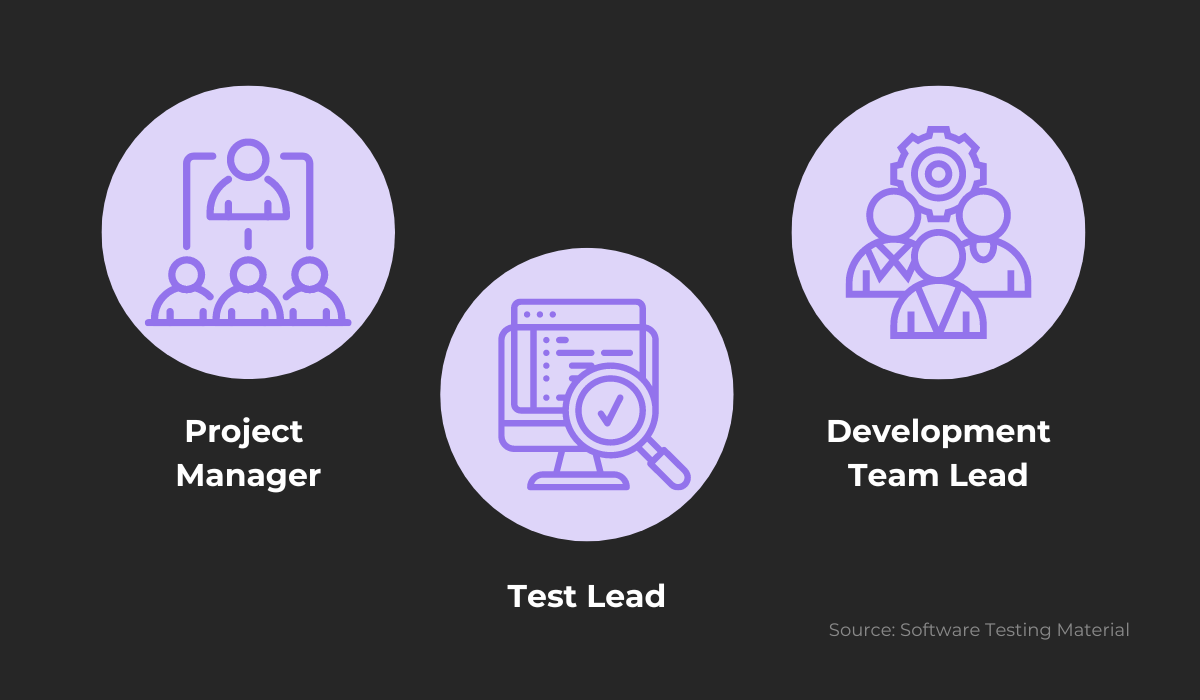
As the person responsible for the entire project, the project manager always participates in defect triage meetings so they can be informed about the progress of handling defects.
Project managers can also assist the other meeting members in tracking and prioritizing defects and sharing their business-related perspectives on the bugs and issues.
One of their most important roles is to act as a mediator between the other participants if any dispute arises.
As the person responsible for the project, they can make necessary decisions if it’s challenging to come to a mutually acceptable solution on any given issue.
The test lead will usually be the person in charge of scheduling the defect triage meetings and sending out invites to other organization members.
They will give presentations on each detected issue in the application so that the other triage members can understand the problem well and make informed decisions on prioritization.
The role of the development team lead, along with the test lead, is to explain the potential damage all of the defects can pose—discussing the risks and complexity of each problem thoroughly.
After you inform all other participants about these matters, you should help prioritize the defects and assign them to the appropriate teams.
Besides the participants who are obliged to be there, other specialists are encouraged to join the meetings and share their input—sharing their perspectives on the issues.
The list of possible participants can be the following:
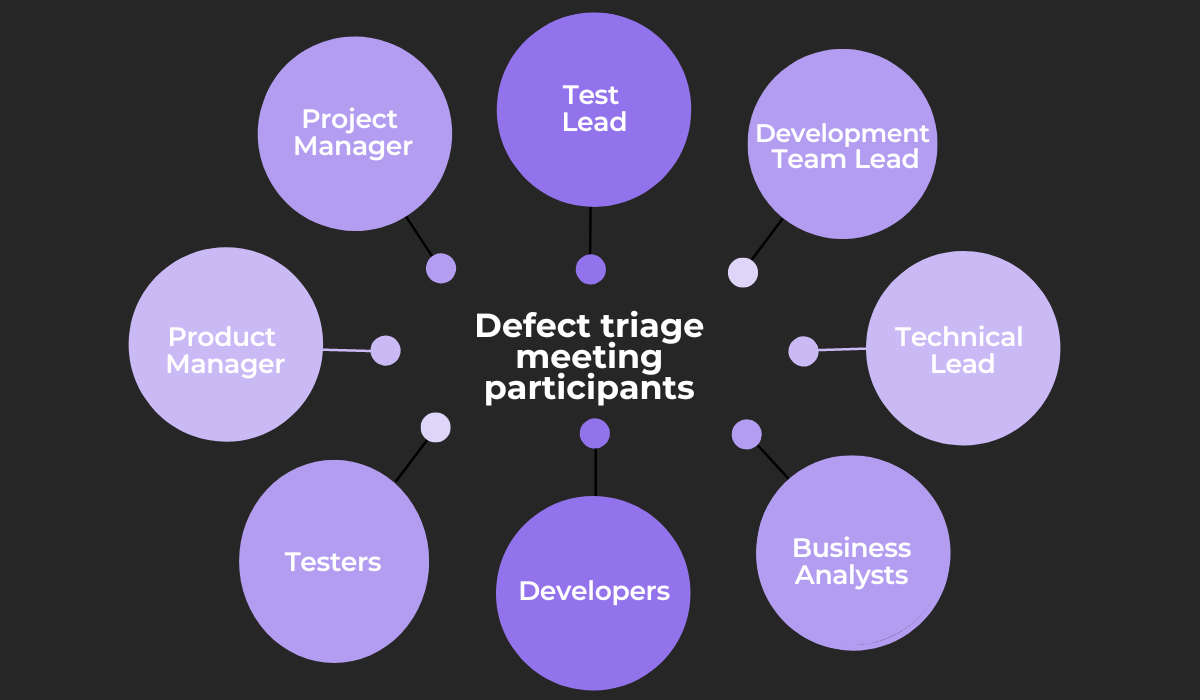
All participants can provide valuable insight into the importance of the defects they come across, as different roles can view priority differently.
For example, a tester can define priority according to the impact a bug had on testing—a blocker-level bug, for example, can prevent further testing until it’s resolved.
The project manager and business analyst can decide the priority based on whether the issue will delay the release of the app update and how it would affect the company as a whole.
So, a bug that is regarded as low priority by the test team can be critical for business leaders or developers.
In defect triage meetings, participants can discuss the problems and exchange opinions, come to an agreement more effectively, and decide upon a line of action that is acceptable to all.
What happens during a defect triage meeting
A defect triage meeting is a process during which participants sort out all of the defects that were found in the software according to urgency.
There are usually three phases to a defect triage meeting:
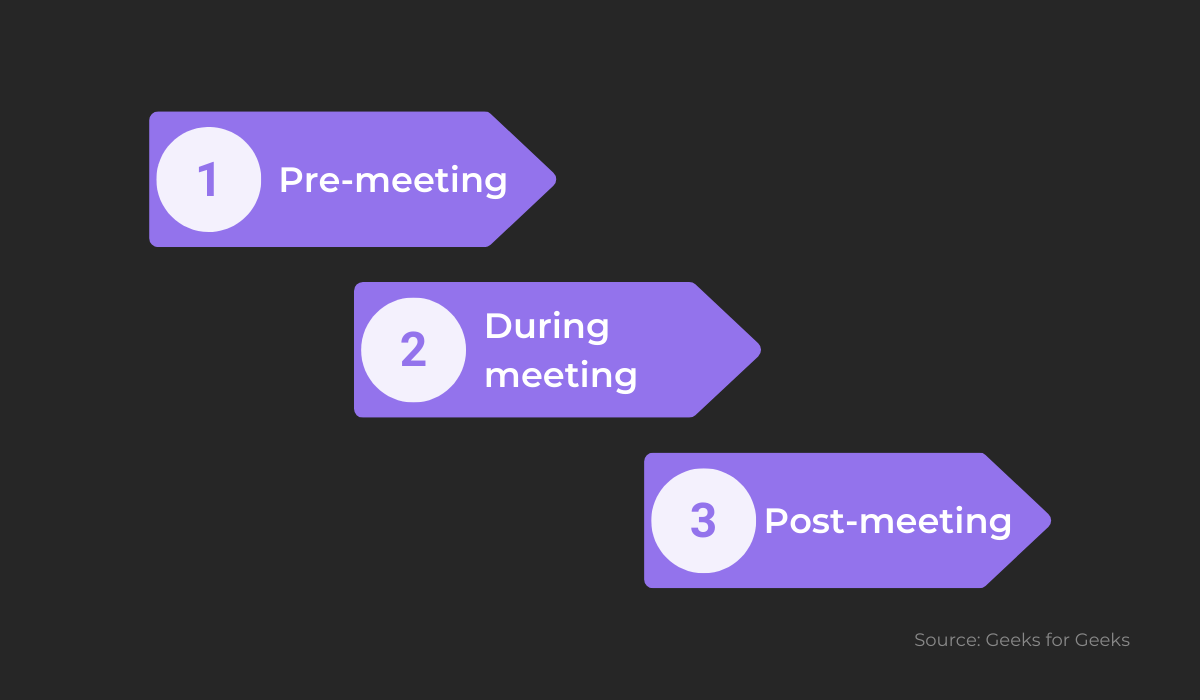
The pre-meeting stage is where the testers and the test lead will usually prepare the presentation of defects by assigning them to appropriate categories and writing out detailed descriptions for each one.
They will also verify each bug’s assigned severity and priority to check if it’s correct.
These activities serve the purpose of creating a report which will showcase all defects and make this information easily accessible to the other triage members when the meeting begins.
During the meeting, you and other participants can start by resolving any pending issues from previous triage meetings.
After this is concluded, members can start reviewing the test lead’s report and evaluate bug severity and priority, updating them where necessary.
Evaluating the report will enable participants to decide on the priority of the known defects—which ones to tackle first and which ones can be postponed for further app releases.
The report might look something like this:

Along with basic fields like defect description, priority, and severity, these reports can also include the assigned teams or specialists for each bug, estimated and actual times for fixing the bug, as well as other relevant notes—such as the root causes of the bug and defect solutions.
When the project is in its early stages, developers can tackle even the lowest priority bugs, but as the app scales and deadlines start approaching, prioritizing will become crucial so teams can know which issues to handle immediately and which to put on hold.
Triage teams can decide on how to categorize the defects during this meeting based on the severity and priority of the defect in question.
There are three commonly used categories which defects are sorted into:
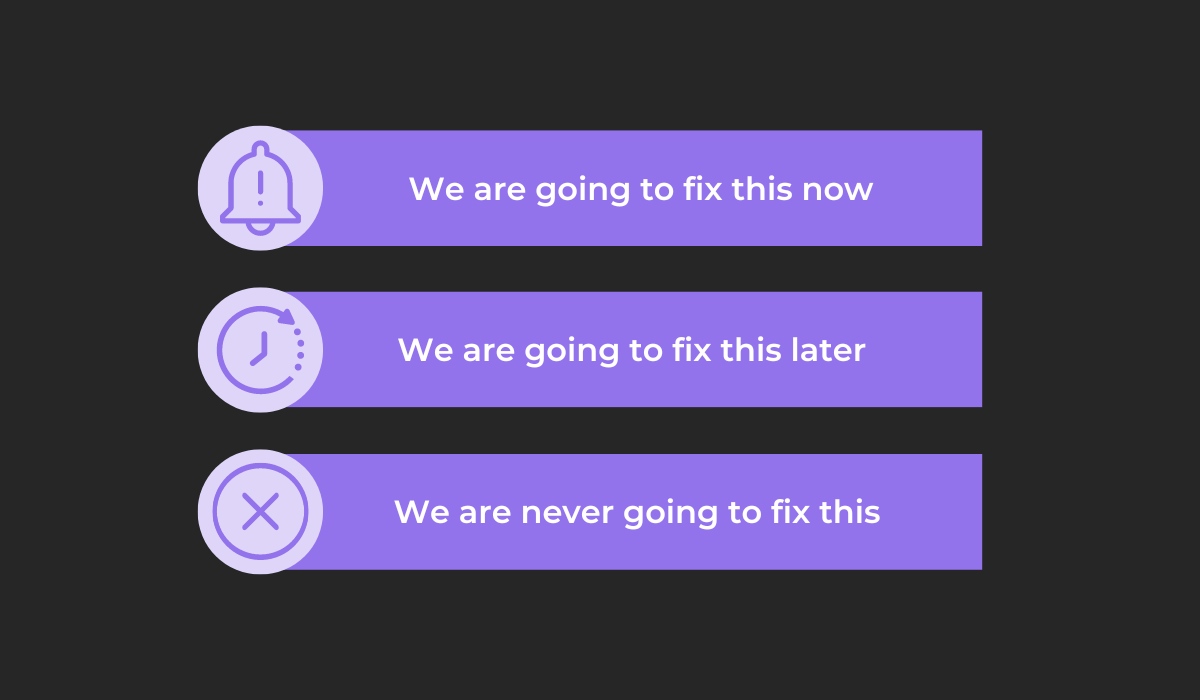
This classification differentiates between the critical issues that need to be addressed before release, problems that are pertinent but can be fixed later on, and issues that are either not important enough to be fixed or are just badly designed features and not defects.
The end of defect triage meetings is usually left for assigning which teams or individuals will tackle the defects based on the bug status and priority.
In the post-meeting stage, the test lead will usually share the meeting minutes in a written record—this document should contain every vital detail and decision that participants made during the meetings.
It will usually include the number of participants, discussed issues and responses to these issues, and the final decisions made to resolve each defect—as well as the teams or individuals tasked to solve the problems.
As you can see, defect triage meetings cover many different activities and can seem confusing, but by following the three phases step by step, this process can become manageable.
And the benefit of dealing with defects more effectively will definitely be worth it.
Conclusion
With this article, we have given you a comprehensive overview of what defect triage is, its importance in handling software issues effectively, and the structure of defect triage meetings.
This practice can seem quite daunting at first glance, with its many phases and activities, the participants involved, and their roles in meetings.
But, with proper preparation and with the help of the information in this article, you can start organizing successful defect triage meetings.
Hopefully, we’ve convinced you of the benefits of using this practice to deal with defects, and we recommend implementing it in your organization if you aren’t doing so already.





